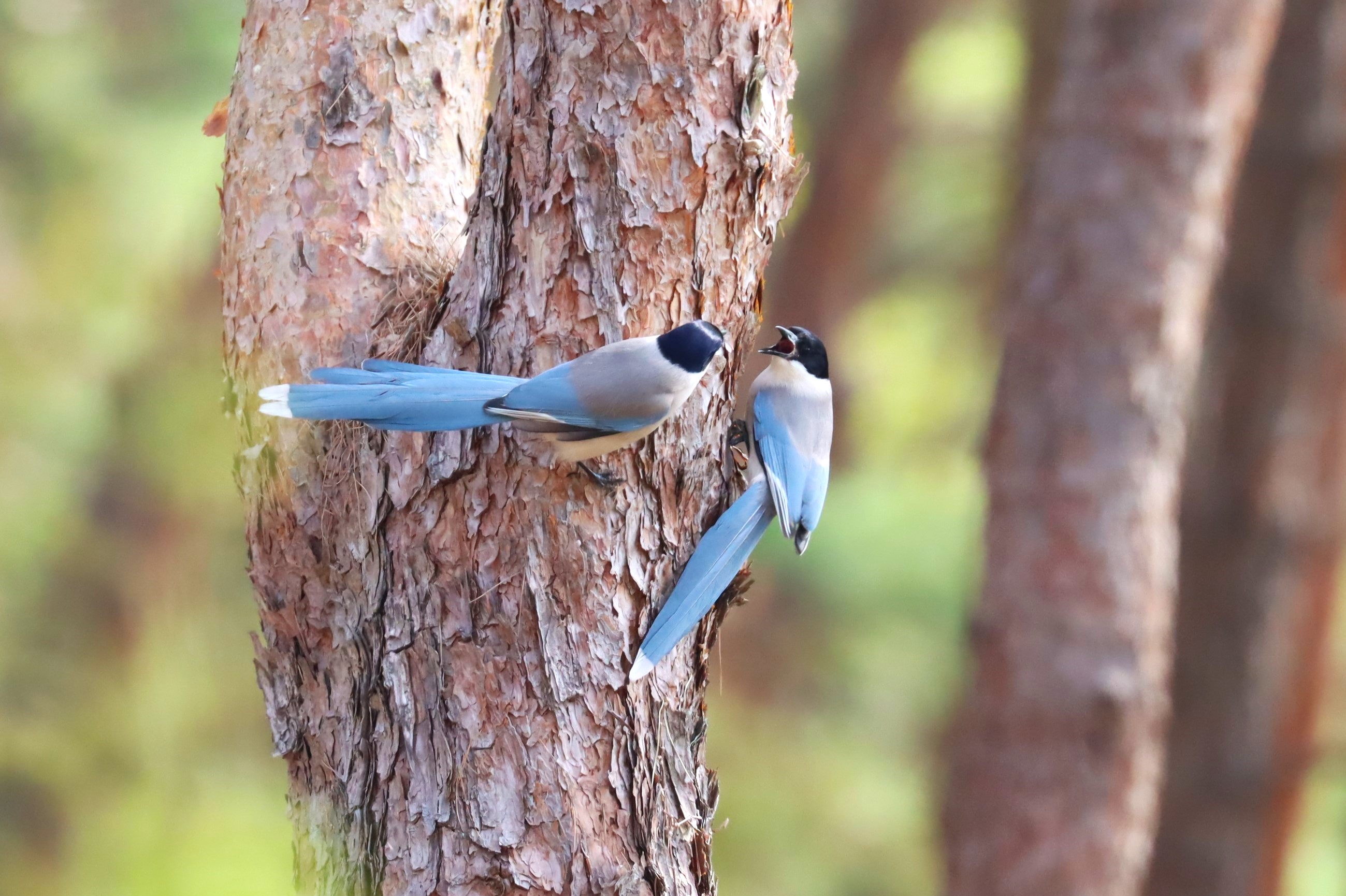| 일 | 월 | 화 | 수 | 목 | 금 | 토 |
|---|---|---|---|---|---|---|
| 1 | 2 | 3 | ||||
| 4 | 5 | 6 | 7 | 8 | 9 | 10 |
| 11 | 12 | 13 | 14 | 15 | 16 | 17 |
| 18 | 19 | 20 | 21 | 22 | 23 | 24 |
| 25 | 26 | 27 | 28 | 29 | 30 | 31 |
- 태화강의 봄풍경. 태화강 국가정원의 봄
- 태화강 해오라기
- 오블완
- 태화강 국가정원 봄꽃축제
- 태화강 해오라기.
- 태화강 억새숲 국가정원 코스모스꽃
- 태화강국가정원 봄꽃축제
- 태화강의 여름조류.
- 태화강 국가정원
- 태화강국가정원
- 왜가리떼
- 태화강의 여름 풍경.
- 태화강 잉어산란
- 태화강국가정원의 억새숲
- 태화강 국가정원 국화원
- 흰날개 해오라기.
- 태화강의 겨울 동물
- 태화강의 여름풍경
- 태화강의 해오라기떼
- 태화강 누치떼
- 태화강국가정원의가을
- 티스토리챌린지
- 태화강 수달
- 태화강
- 문주란 꽃
- 태화강의 백로떼
- 태화강 국가정원의 백로떼
- 태화강 국가정원의 여름풍경
- 태화강국가정원의 가을.
- 태화강 국가정원의 겨울풍경
- Today
- Total
바람따라 구름따라
Canada의 운석충돌 분화구-Pinkualuit 본문
In the far north of the province of Quebec in Canada, is an exceptional natural wonder
- a circular lake with crystal clear blue water in the walls of the ancient but well-preserved meteorite crater.
Largely unknown to the outside world, the lake, the crater has long been known to local Inuit, who knew him as
"Crystal Eye Nunavik" because of the purest water.
The lake was first discovered by the United States Air Force aircraft crew in June 1943. Soon unusual shape and color of
the lake began to use US pilots to navigate, but the photos were not published until 1950.
When a diamond prospector Frederick Chubb saw the photos, he became interested in the lake.
He suggested that the lake is located in the crater of an extinct volcano, and then could be close to the diamond deposits.
Chubb asked for help from the geologist Ben Mina from the Royal ontario Museum, which immediately saw that most likely is
an impact crater from a fallen meteorite. Mines organized an expedition to this remote area with Chub.

Later Ming offered to call the crater 'crater Chub.
" As a result of investigations it was found that the impact crater formed by a meteorite impact about about 1.4 million years ago.

Lake The name was later changed to "New Quebec crater" at the request of the Quebec Geographic Council.
In 1999, the name was again changed to Pinkualuit (Pingualuit). The crater and surroundings are now part of the National Park Pinkualuit.

The crater has a diameter of 3.44 km, rises to 160 meters above the surrounding tundra and has a depth of 400 meters.
Water fills the cavity only half, reaching a depth of 267 meters, forming one of the deepest lakes in North America.

The lake also has a store of fresh water in the world, with a salinity level of less than 3 ppm.
The lake has no ducts, so the water accumulates solely from rain and snow.
The pond is also one of the most transparent lakes in the world with visibility up to 35 meters.

Here, to the crater, often tourists come.

Crater Pinkualuit winter.

One of the many tourists near the crater.

Crater Panorama Pinkualuit in Canada
'잡학사전' 카테고리의 다른 글
| 일상에 유용한 생활 정보 (0) | 2016.12.17 |
|---|---|
| 천재화가 피카소의 나이대별 자화상 (0) | 2016.12.16 |
| 살아있는 나무로 만든 기념물 8 (0) | 2016.12.16 |
| Forbes 선정 2016년 세계에서 가장 영향력있는 인사20 (0) | 2016.12.16 |
| [스크랩] 산타클로스가 살던 라플란드(Lapland)의 겨울 풍경 (사진) (0) | 2016.12.15 |






